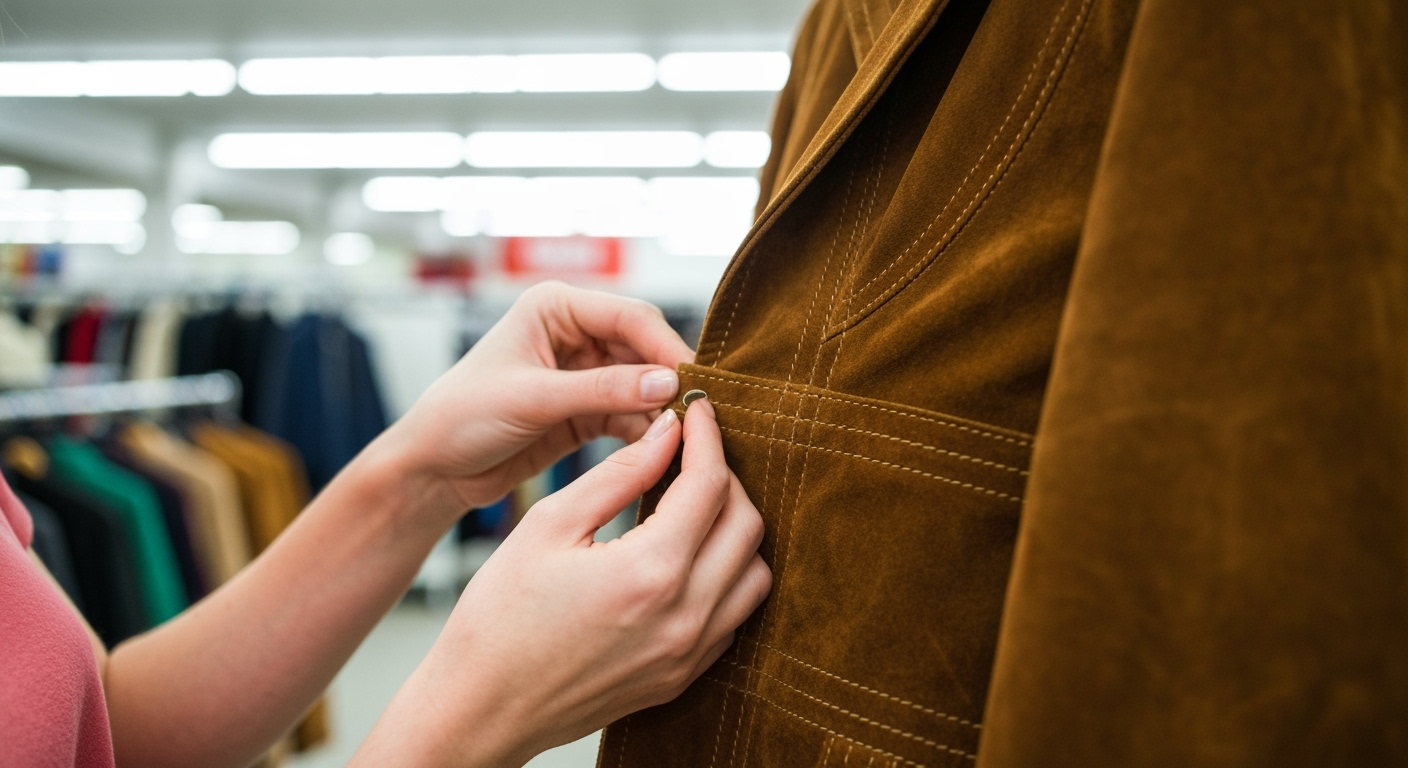
The fashion industry is at a crossroads. Faced with growing environmental concerns and a demand for more ethical practices, the concept of circular fashion is rapidly gaining traction. But what exactly is circular fashion, and how can you embrace it in your own life?
Understanding Circular Fashion
Circular fashion is an economic system aimed at minimizing waste and maximizing the use of resources. Unlike the traditional linear model of ‘take, make, dispose’, circular fashion focuses on keeping products and materials in use for as long as possible. This involves designing for durability, repairability, and recyclability, as well as promoting practices like renting, swapping, and buying secondhand.
Key Principles of Circular Fashion:
- Design for Longevity: Creating garments that are durable, timeless, and can withstand extended use.
- Minimize Waste: Reducing textile waste through efficient cutting techniques and utilizing recycled materials.
- Resource Efficiency: Conserving water, energy, and other resources throughout the production process.
- Closed-Loop Systems: Recycling and repurposing materials to create new products, minimizing the need for virgin resources.
- Transparency and Traceability: Providing consumers with information about the origin, production, and impact of their clothing.
Why is Circular Fashion Important?
The fashion industry is a significant contributor to environmental pollution and resource depletion. Fast fashion, in particular, encourages overconsumption and the disposal of clothing after only a few wears. Circular fashion offers a more sustainable alternative by:
- Reducing Landfill Waste: Diverting textiles from landfills, where they can take decades or even centuries to decompose.
- Conserving Resources: Minimizing the demand for virgin materials, reducing the pressure on natural resources.
- Lowering Carbon Emissions: Decreasing the energy consumption associated with manufacturing new clothing.
- Promoting Ethical Labor Practices: Supporting fair wages and safe working conditions in the fashion industry.
How to Embrace Circular Fashion
Adopting a circular approach to fashion doesn’t require a complete wardrobe overhaul. Small changes in your shopping habits and clothing care routines can make a big difference. Here are some actionable tips:
- Shop Secondhand: Explore thrift stores, consignment shops, and online marketplaces for unique and affordable clothing.

- Rent or Borrow: Consider renting clothing for special occasions or borrowing items from friends and family.
- Choose Quality Over Quantity: Invest in well-made, durable garments that will last for years.
- Care for Your Clothes: Follow care instructions carefully, repair damaged items promptly, and store your clothing properly.
- Upcycle and Repurpose: Get creative with old clothing by transforming them into new items or accessories.
- Support Sustainable Brands: Look for brands that prioritize ethical and environmental practices and use sustainable materials.
- Participate in Clothing Swaps: Organize or attend clothing swap events to exchange unwanted items with others.
- Donate or Recycle: Donate unwanted clothing to charities or textile recycling programs.
Circular Fashion: A Continuing Evolution
Circular fashion is more than just a trend; it’s a fundamental shift in the way we think about clothing and consumption. By embracing circular practices, we can create a more sustainable and ethical fashion industry that benefits both people and the planet. As consumers, we have the power to drive this change by making informed choices and supporting brands that are committed to circularity.